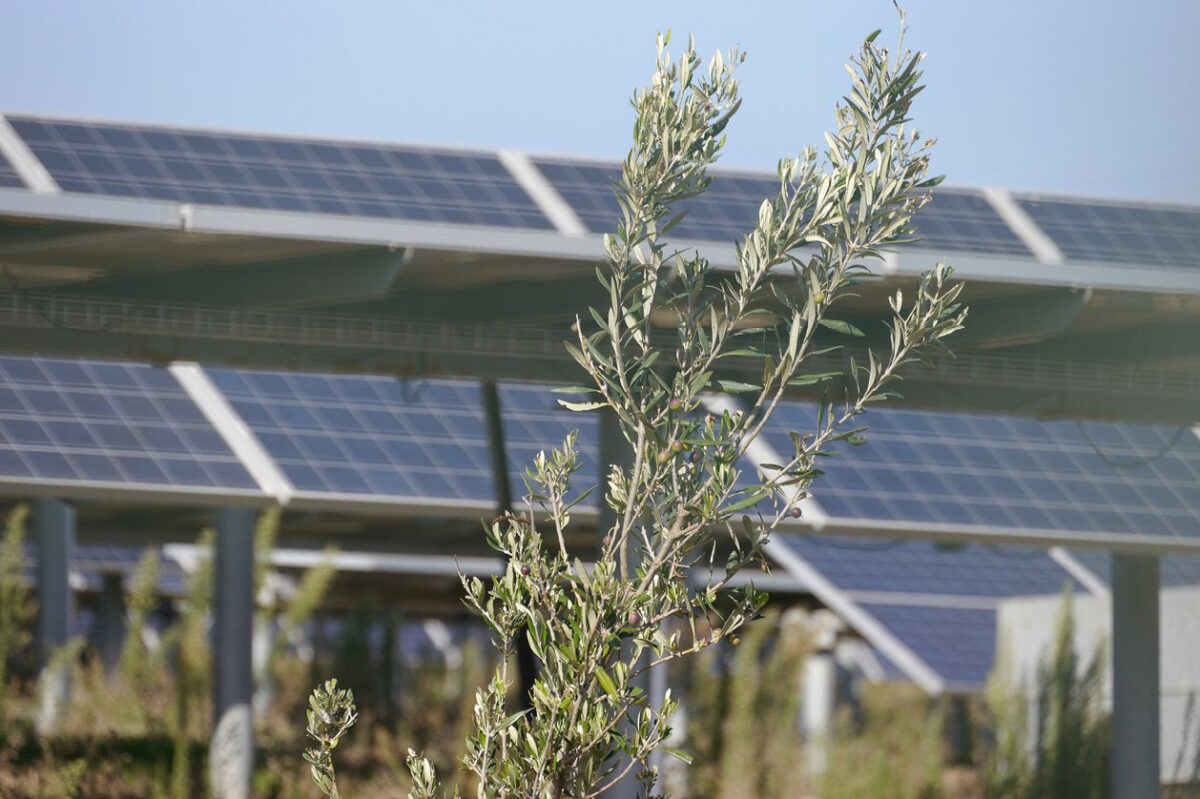While traditional land-based solar PV plants have proven to be effective in generating electricity, there is a growing need to explore new and innovative solar applications that offer distinct advantages. In particular, the concept of land-neutral or dual-use applications has gained significant traction. Agrivoltaics not only reduces land-use impact and potential risks of land conflicts but also offers improved conditions for crop growth by providing protection against strong solar irradiation and winds, hot temperatures, and improved water availability.
A new study has estimated a potential for 3,200 GWp of agrivoltaics in India. The state of Punjab tops with a potential for around 871 GWp. It is followed by Haryana (700 GWp) and Rajasthan (592 GWp).
The researchers considered 17 crops and suitability of three agrivoltaics technology configurations (overhead south facing, overhead east-west facing and interspaced vertical) for each of these crops while calculating the overall agrivoltaics potential in India.
India’s total potential for agrivoltaics was estimated across minimum and maximum scenarios for respective crops with various agrivoltaics technologies in each district and it varied from 3,156 GW to 13,803 GW.
To calculate the agrivoltaics potential, the researchers considered the potential farming area for agrivoltaics and power density for three APV technology types. The potential agrivoltaic area is one that fulfils the criteria of slope < 8 degrees, global horizontal irradiance (GHI) >4.5 kW/m2/day, distance from road/rail <10 km, and distance from substation (132kV) < 25 km). The power density for the agrivoltaics technology types was referenced from international best practices and on-ground projects. The potential for each crop in all the districts was calculated for each of the three technologies based on the crop suitability matrix.
The report projects a cumulative agrivoltaics capacity addition of 20 GW and 60 GW under the moderate and optimistic scenario, respectively. The total investment required to realise the 20 GW capacity (moderate case) will be around INR 81,424 crore. Further, it estimates that to meet an agrivoltaics demand of 20 GW by 2040, 1.1 lakh full-time equivalent jobs will be required.
The study was conducted by Fraunhofer-Institut für Solare Energiesysteme ISE, Center for Study of Science, Technology and Policy, and EY. It was launched by the Center of Excellence on AgriPV established jointly by the National Institute of Solar Energy and Indian Agricultural Research Institute.
The report covers agrivoltaics in detail including the potential assessment, business models, modes of implementation, key technical, policy and market enablers, finance portfolio and skills required to facilitate the acceleration of agrivoltaics in India.
This content is protected by copyright and may not be reused. If you want to cooperate with us and would like to reuse some of our content, please contact: editors@pv-magazine.com.









By submitting this form you agree to pv magazine using your data for the purposes of publishing your comment.
Your personal data will only be disclosed or otherwise transmitted to third parties for the purposes of spam filtering or if this is necessary for technical maintenance of the website. Any other transfer to third parties will not take place unless this is justified on the basis of applicable data protection regulations or if pv magazine is legally obliged to do so.
You may revoke this consent at any time with effect for the future, in which case your personal data will be deleted immediately. Otherwise, your data will be deleted if pv magazine has processed your request or the purpose of data storage is fulfilled.
Further information on data privacy can be found in our Data Protection Policy.